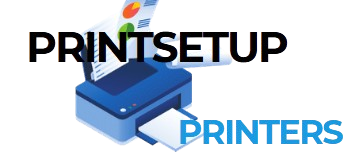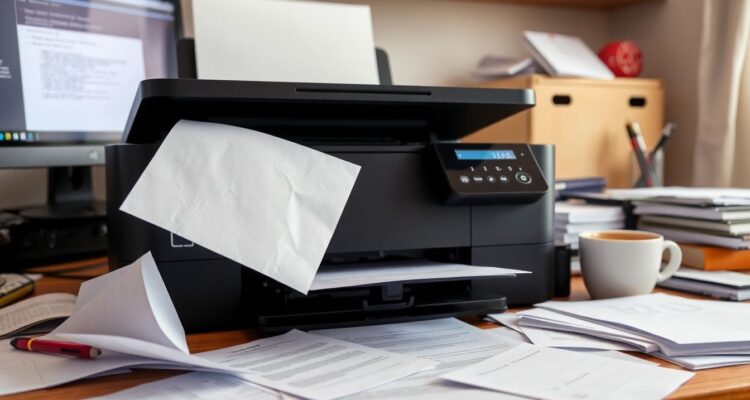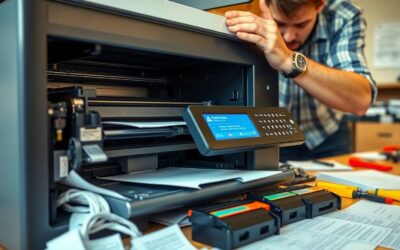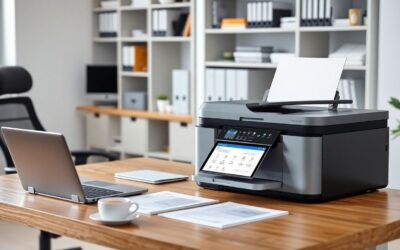A Complete Guide to Identifying and Resolving Printer Problems
Introduction
Printers are a staple in most offices and homes. They help us turn digital files into physical copies fast. But printers often break down just when we need them most. These problems can slow work, create frustration, and waste time. This guide is here to help. It offers simple, clear solutions to common printer issues. Whether you’re dealing with a jam, faded print, or error message, you’ll find easy steps to fix your printer and keep it running smoothly.
Understanding Common Printer Problems
Printers tend to malfunction regularly. Why? Because they are complex machines with many moving parts and software components. Hardware failures like worn rollers or damaged cartridges are common. Software glitches, such as outdated drivers or corrupted files, also cause issues. Plus, issues with Wi-Fi or Ethernet connections create printing delays. Studies show that printers go offline or jam about 30% more during busy workdays, disrupting productivity and causing stress.
Printer Not Printing: Causes and Solutions
Connectivity issues
Wireless printers can run into problems with Wi-Fi signals. If your printer isn’t printing, check if it’s connected to your network. Wired connections can also fail if Ethernet cables are loose or damaged. For Wi-Fi issues, try restarting your router or moving the printer closer to the Wi-Fi source. For Ethernet, ensure the cable is properly plugged in.
Driver and software problems
Outdated or corrupt printer drivers often prevent printing. Drivers act like the translator between your computer and your printer. To solve this, visit the printer manufacturer’s website to download the latest driver. Reinstalling the driver can fix issues caused by corruption. Keep drivers up to date to avoid future problems.
Paper jams and mechanical blockages
Paper jams are the most common printer headache. They happen when paper gets stuck in rollers or tractor feeds. To fix a jam, turn off the printer, open all access panels, and gently remove jammed paper. Clear any bits left behind. To prevent jams, use the right paper type and load it properly. Don’t force paper into the tray.
Printer Prints Blank or Faded Pages
Ink or toner issues
When prints come out blank or faded, check ink or toner levels first. Cartridges can run dry or become clogged. Remove the cartridge and shake gently to distribute ink. Replace cartridges if they’re empty or visibly damaged. Replacing toner cartridges is similar — follow your model’s instructions.
Print head or drum problems
Clogged print heads or damaged drums can cause streaks or faded areas. Clean print heads through your printer menu or use cleaning software. If cleaning doesn’t help, the print head or drum may need replacement. Regular cleaning prolongs component life and keeps prints sharp.
Incorrect printer settings
Sometimes the problem isn’t hardware but settings. Using low-quality paper or selecting draft mode can cause faint prints. Adjust your print settings for best quality and use the right paper. Always check your print preferences before hitting “Print.”
Printer Displays Error Messages
Common error codes and their meanings
Error codes like “Paper Jam,” “Low Ink,” or “Offline” appear on the display or computer screen. Each indicates a specific issue. Look up your printer’s manual or manufacturer website for detailed troubleshooting. They often include step-by-step solutions for common error codes.
Resetting the printer
Resetting can fix many issues. For a soft reset, turn the printer off, unplug it, wait a minute, and turn it back on. For a hard reset, follow the manufacturer’s instructions, which may include resetting settings or updating firmware. Always save important data before resetting.
Firmware and software updates
Keeping firmware updated can solve bugs and improve performance. Check your printer’s support site periodically for updates. Follow the instructions carefully, as outdated firmware can cause crashes or connectivity issues.
Paper Quality and Compatibility Issues
Using the wrong paper type
Printing on the wrong paper can cause smudges, jams, or poor print quality. Check your printer’s specifications for compatible paper types. Use recommended paper for photos, documents, or special projects.
Paper feeding problems
Paper misfeeds happen when paper skewers or slips. Adjust paper guides correctly and avoid overloading the tray. Make sure the paper stack is flat and aligned properly. Use high-quality paper to ensure smooth feeding.
Paper moisture and storage
Moisture causes paper to curl or jam. Store paper in a cool, dry place. Keep it sealed in its packaging until ready to print. Avoid leaving paper in humid areas or near heaters.
Preventative Maintenance and Best Practices
- Clean print heads and rollers regularly to prevent buildup.
- Update drivers and firmware once a quarter.
- Use only genuine cartridges and consumables.
- Secure your network to prevent unauthorized access.
- Schedule routine checkups for your printer, just like a car oil change.
Conclusion
Printer problems happen. But many issues are easy to fix with a little knowledge and routine maintenance. Understanding common causes helps you troubleshoot faster and reduce downtime. Always keep a checklist for quick tests before calling for professional help. Staying proactive with cleaning and updates extends your printer’s life. When problems persist, don’t hesitate to consult the manufacturer or a technician. Your fastest printer is just a few simple steps away.



